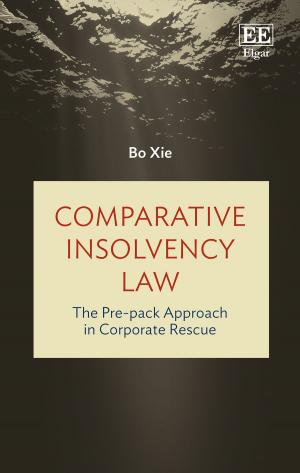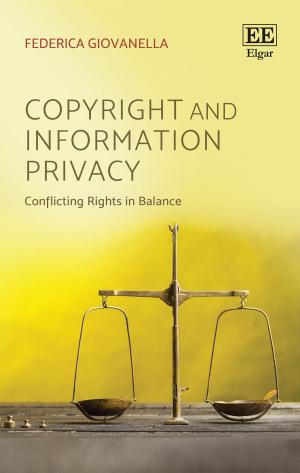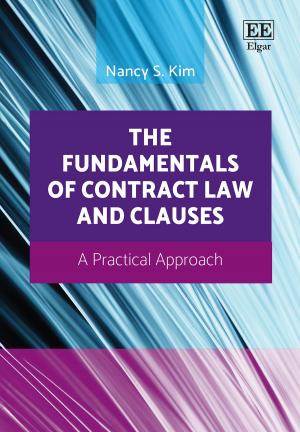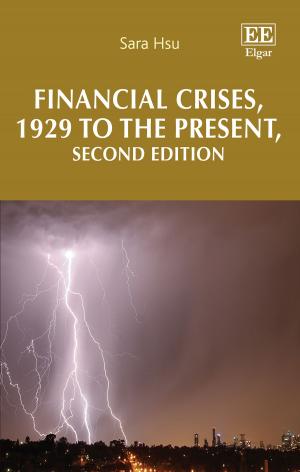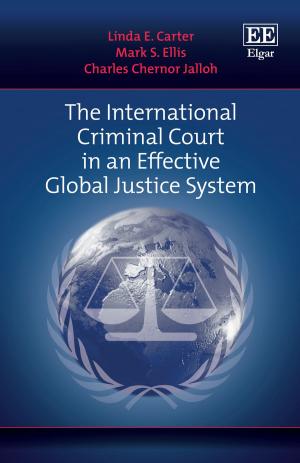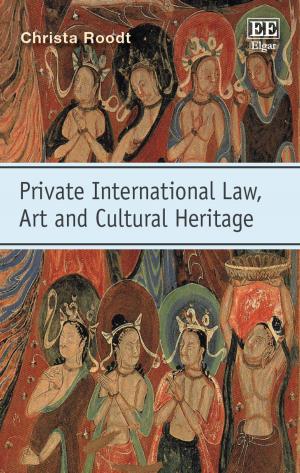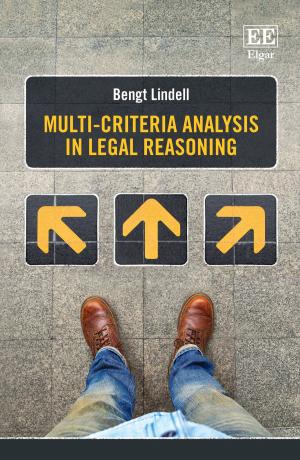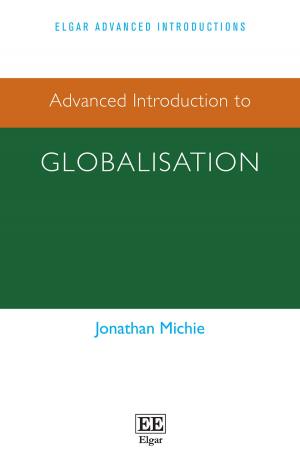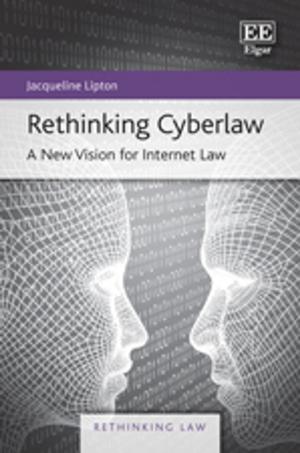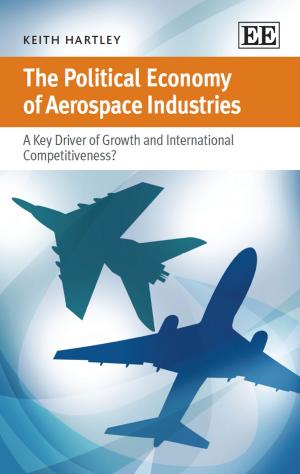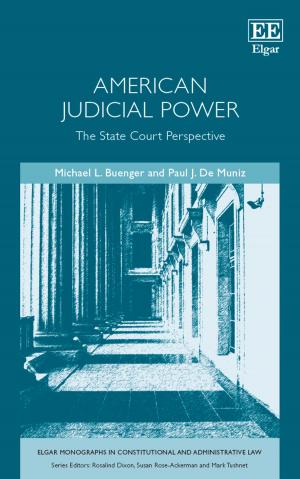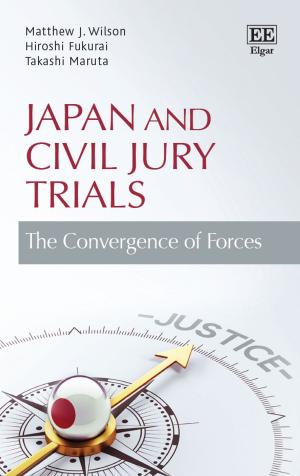The Intersection of International Law and Domestic Law
A Theoretical and Practical Analysis
Nonfiction, Reference & Language, Law, International| Author: | Davíd T. Björgvinsson | ISBN: | 9781785361876 |
| Publisher: | Edward Elgar Publishing | Publication: | November 27, 2015 |
| Imprint: | Language: | English |
| Author: | Davíd T. Björgvinsson |
| ISBN: | 9781785361876 |
| Publisher: | Edward Elgar Publishing |
| Publication: | November 27, 2015 |
| Imprint: | |
| Language: | English |
What are the theoretical and practical issues relating to the intersection between domestic and international law? This important new book discusses how general theories, including monism and dualism, transpire in practice. The author examines several key areas: the rules relating to treaty making and the ratification of treatises, the doctrine of automatic incorporation and transformation, the direct effect of international norms in the domestic system, and a discussion of the principle of consistent interpretation. With a focus on the European Convention on Human Rights, the author concludes that, although traditional theories are still relevant, they fall short in grasping the complexity of the different ways in which the legislator and the courts have given effect to international law on the domestic level.
What are the theoretical and practical issues relating to the intersection between domestic and international law? This important new book discusses how general theories, including monism and dualism, transpire in practice. The author examines several key areas: the rules relating to treaty making and the ratification of treatises, the doctrine of automatic incorporation and transformation, the direct effect of international norms in the domestic system, and a discussion of the principle of consistent interpretation. With a focus on the European Convention on Human Rights, the author concludes that, although traditional theories are still relevant, they fall short in grasping the complexity of the different ways in which the legislator and the courts have given effect to international law on the domestic level.


